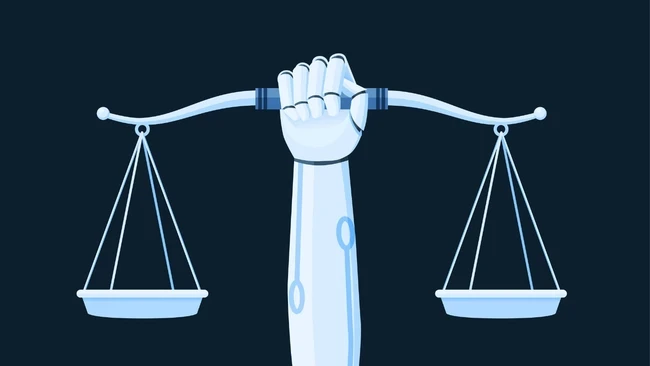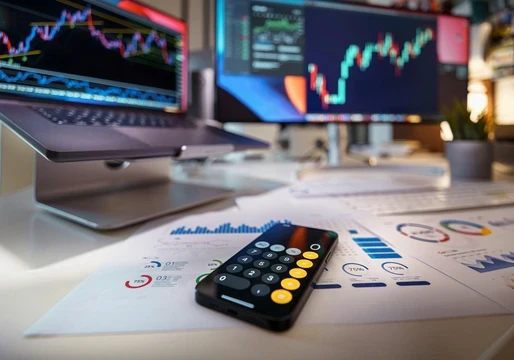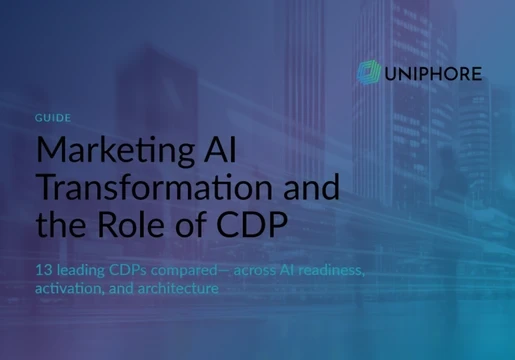The launch of OpenAI’s explosive chatbot ChatGPT has spurred a whole new era of AI innovation that continues to define the enterprise landscape. However the sudden rise of AI comes with a host of new ethical issues that need to be addressed before the technology transforms society as we know it.

Experts at Google Deepmind have already developed their own ethical principles to guide the tech giant’s development of AI and ensure the ethical advancement of the technology. Non-profits like the AI Now Institute, have also begun weighing in on how we can ethically control AI to protect society from the risks that come with it. Governments are taking note too. The EU is in the final stages of introducing the world’s first AI safety act, marking a new era of regulation for ethical AI development.
Despite these global efforts, there are still key ethical challenges that continue to cloud AI development. In this list, we’re exploring ten of the most concerning AI ethical issues that need to be addressed now if we are to protect ourselves from the risks of this new technology.







Comments ( 0 )